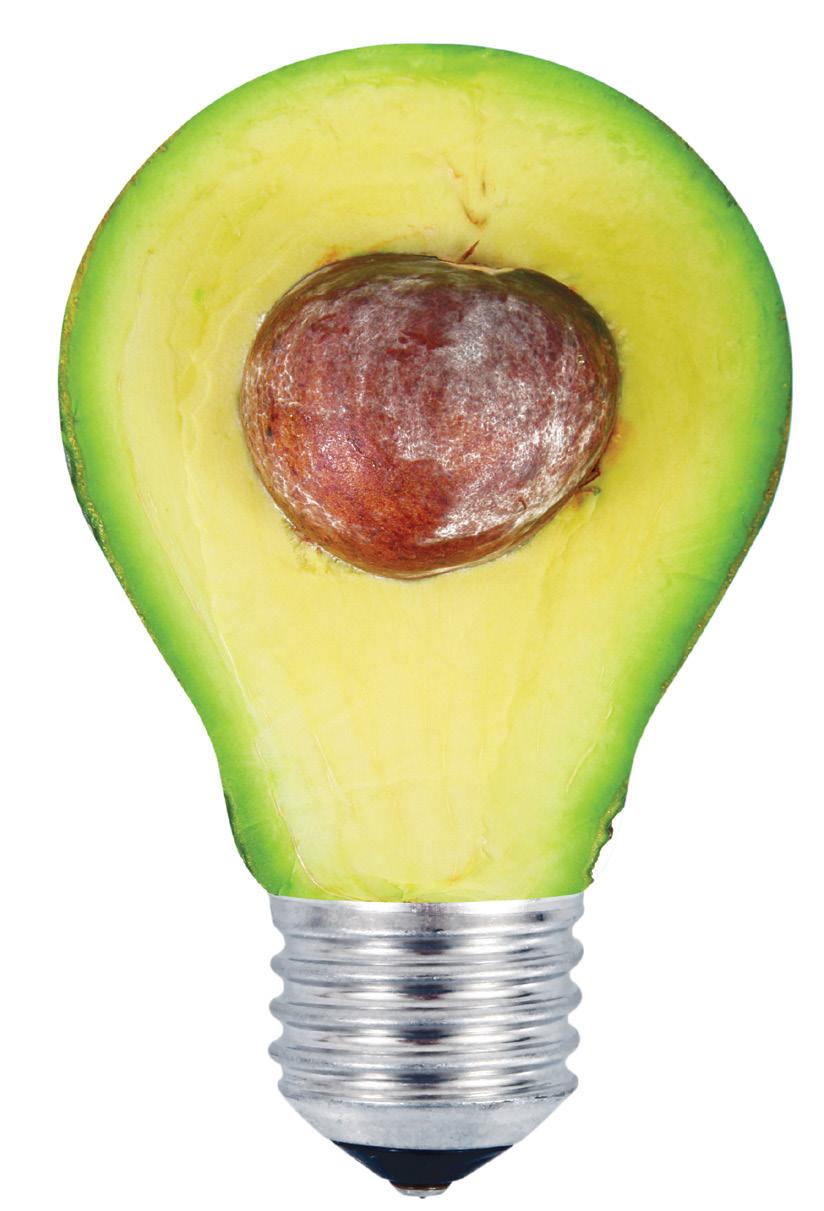SOLUTIONS What’s NEW? NITROGEN REDUCTION
Using diagnostics to monitor mastitis
A Reducing nitrogen
G
oing under 190 units N/ha is achievable with the new Tow and Fert Multi 500. According to the company, its customers across New Zealand are reducing nitrogen use and already meeting the restrictions due to come in on 1 July 2021. Many farmers have noted they are growing more grass. Foliar application of fertiliser, especially nitrogen, is proven to reduce inputs, increase fertiliser efficiency and reduce leaching and runoff. The Tow and Fert Multi 500 is the latest addition to the company’s fleet and brings the Tow and Fert System within reach of farmers. Designed for smaller farms, those wanting to trial the system or requiring a second machine, the Multi 500 brings all the technology of its larger fleet in an easy to use package. The offering features: • A sturdy 500 litre tank. • 3-4 hectare coverage in 20 to 25 minutes. • Dissolve 200kgs of urea/DAP or keep 350kgs of lime in suspension. • Mix and apply mag oxide days in advance of grazing. • Tow behind an ATV. • Made in NZ with the Metalform quality guarantee. • Two inch Metalform stainless steel pump. • Apply thistle spray at the same time as your urea. • Follow right behind the cows as they head up the race for milking. Perfect for towing behind an ATV or side-by-side, the Multi 500 is the machine to get farmers started on a more sustainable level of inputs on their farm.
Dairy Exporter | www.nzfarmlife.co.nz | March 2021
nalysis by Mastatest has found that over 20% of mastitis cases may not need to be treated with antibiotics. The results of 17,000 mastitis tests conducted by the company during the period 2018 to 2020 has provided insights into what’s happening with mastitis bacteria in New Zealand. Mastatest is an onfarm diagnostic tool that allows farmers to identify the bacteria involved in the mastitic milk sample and which antibiotic is most effective to treat it. Mastatest’s tests found that 23% of mastitis cases in NZ can potentially be left untreated without an antibiotic. Of these cases, 11% showed no bacterial growth, indicating that the cow’s immune system may be curing it, and 12% of cases involved gram negative bacteria that antibiotics have little impact on. There are also trends with a bacteria, Staphylococcus aureus. Mastatest data shows 40% of Staphylococcus aureus are sensitive to penicillin and 40% are much less likely to cure. Treating it with the most effective antibiotic will improve the chance of success. In these changing times, it is critical that farmers only use antibiotics when needed and use the correct antibiotic for the bacteria causing the mastitis. It is possible to know this by either traditional milk culture that takes up to three days to get a result, or by using Mastatest to get a result in 24 hours. This will improve the chance of curing the infection and help to reduce the risk of antibiotic resistance developing. It is recommended to treat mastitis cows with pain relief immediately when found to improve cow welfare, then take a milk sample to run on Mastatest, and wait 24 hours for the results before treating with the appropriate antibiotic. Using Mastatest could lead to a higher chance of getting the cow back into full milk production sooner.
Moving House? Update your address now to ensure you don’t miss your next issue of NZ Dairy Exporter
log in and update your subscription address at nzfarmlife.co.nz/my-account/
Phone: 0800 224 782 Email: subs@nzfarmlife.co.nz
89























